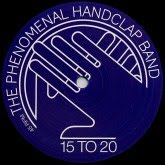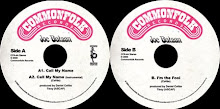
It’s true what you’ve heard about paper money having cocaine on it.
By HENRY FOUNTAIN
Published: August 17, 2009
You have probably heard the rumor that most American paper currency is contaminated with cocaine. It’s not a rumor, however — it’s true.
Related
Observatory: Variations in Perception of Bitter Go Way Back (August 18, 2009)
Observatory: Early Humans Used Heat to Shape Their Tools (August 18, 2009)
More Observatory Columns
RSS Feed
Get Science News From The New York Times »
And it’s even truer now. A study by Yuegang Zuo of the University of Massachusetts Dartmouth and colleagues has found that about 90 percent of banknotes contain traces of cocaine. That’s up from 67 percent in a similar study two years ago.
The researchers used water and an ultrasonic extraction process, followed by gas chromatography-mass spectrometry to quantify the amount of cocaine in more than 230 bills collected in 17 cities. They found traces ranging from less than one-hundredth of a microgram to more than 1,000 micrograms, or about one-30,000th of an ounce. The findings were presented Sunday at the annual meeting of the American Chemical Society in Washington.
The researchers found that bills from Washington had the highest prevalence of cocaine, about 95 percent. Over all, $5, $10, $20 and $50 bills had more cocaine than $1 and $100 bills. They also tested currency from Brazil and China, finding cocaine in 80 percent of the Brazilian real bills and 20 percent of Chinese renminbi notes.
The researchers noted that the amounts of cocaine were not enough to cause any health (or drug-testing) concerns. And the findings do not mean that 9 of every 10 bills have been used to snort cocaine. The drug, a fine powder, spreads easily through bill-counting machines and other currency handling methods.
Sign in to RecommendNext Article in Science (15 of 24) » A version of this article appeared in print on August









No comments:
Post a Comment